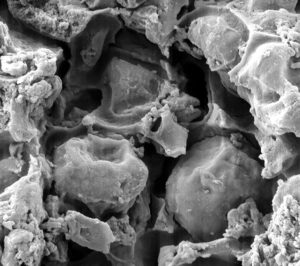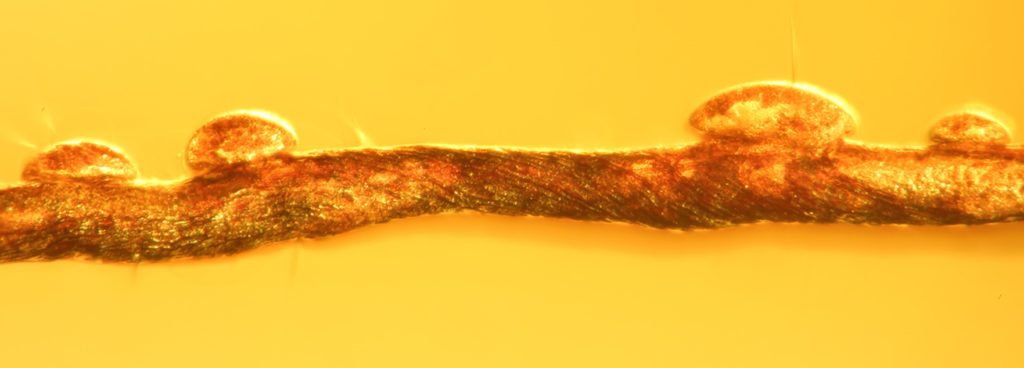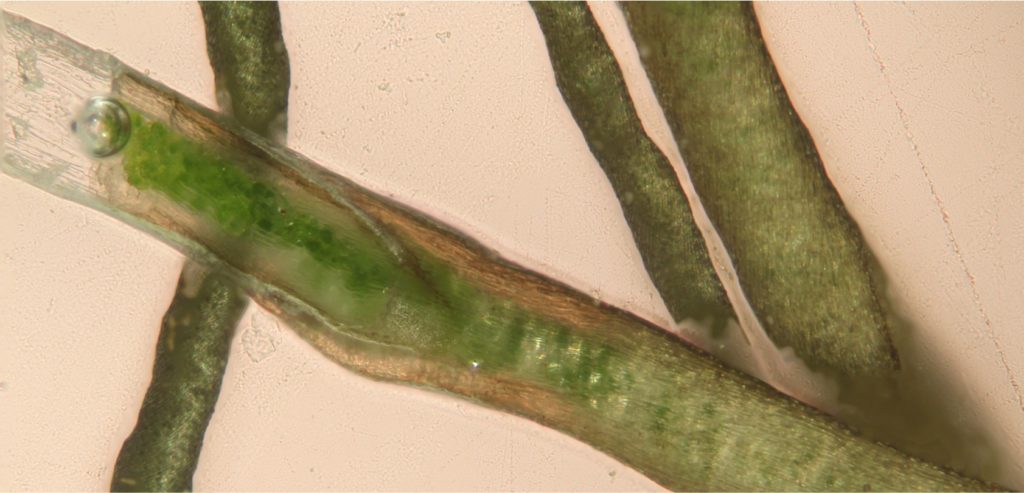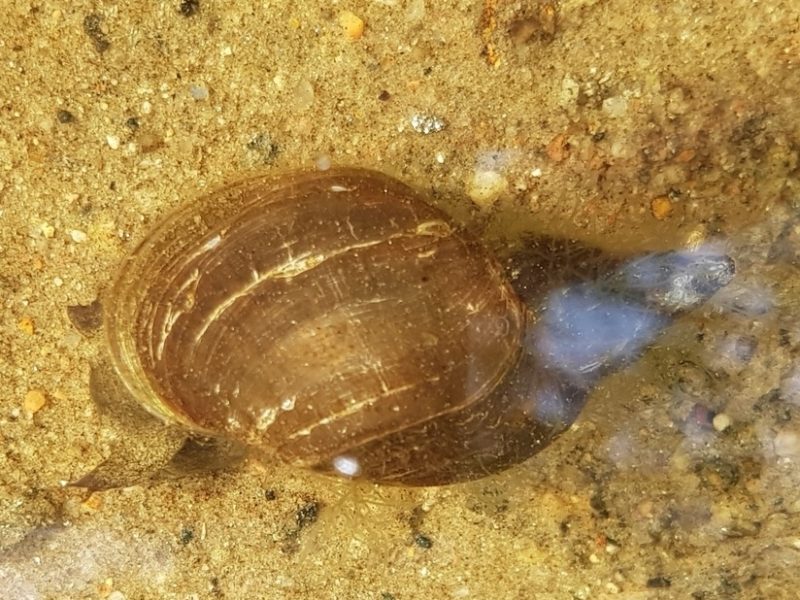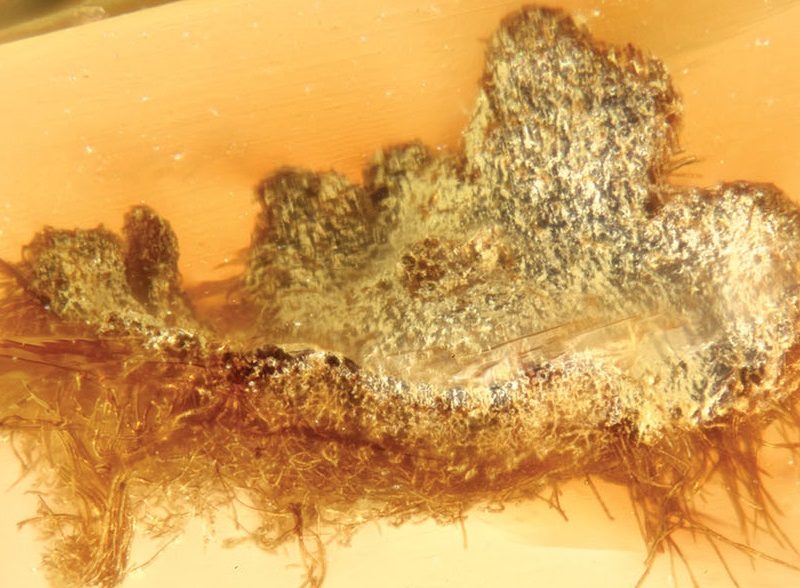The use of variable analysis methods, including light microscopy, scanning electron microscopy (SEM), energy dispersive X-ray spectroscopy (EDX), and Raman spectroscopy, reveal new details on the morphology, ultrastructure, chemofossils, and taphonomic alteration of fossil lichen inclusions in amber. These include lifelike preservation of lichen tissues and globular photobiont cells, impressions of possible former crystals of lichen compounds, as well as preserved organic compounds present in certain layers of the lichen thallus. Such methods can be used, among other things, for more accurate and reliable identification and taxonomic assignment of fossil lichens. For example, the historical Baltic amber inclusion, Alectoria succini, was shown to not represent a lichen but a plant remain based on a re-evaluation using light and scanning electron microscopy (SEM). However, other, well-preserved inclusions in Paleogene Baltic and Bitterfeld amber verify that alectorioid morphologies in lichens were present in the Paleogene.
Hartl C, Schmidt AR, Heinrichs J, Seyfullah LJ, Schäfer N, Gröhn C, Rikkinen J, Kaasalainen U. 2015 Lichen preservation in amber: morphology, ultrastructure, chemofossils, and taphonomic alteration. Fossil Record 18: 127–135, doi.org/10.5194/fr-18-127-2015.
Kaasalainen U, Heinrichs J, Krings M, Myllys L, Grabenhorst H, Rikkinen J, Schmidt AR. 2015. Alectorioid morphologies in Paleogene lichens: new evidence and re-evaluation of the fossil Alectoria succini Mägdefrau. PLoS ONE 10: e0129526, doi.org/10.1371/journal.pone.0129526.
Keywords: fossil photobionts, fossil fungi, Parmeliaceae, Bryoria, Oropogon, Sulcaria, Eocene, minimum age constraint
